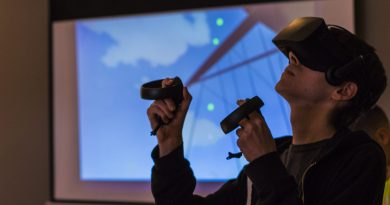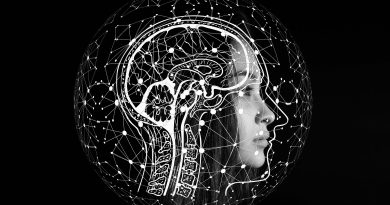Are Notebooks the New Chatbot?
Generative AI tools are shifting from simple chatbot interfaces to more structured, synthesis-driven tools. This evolution hints at the potential for AI to move beyond brief, task-based exchanges and become a resource for organizing, analyzing, and deepening our interaction with information. Both Microsoft and Google have explored this direction through notebook-inspired features, though each has taken a distinct approach.
Microsoft Copilot initially trialed a notebook feature that focused on improving prompt engineering, allowing users to craft and refine prompts outside of a chat environment. While promising, this feature has since been removed as Microsoft redefined its approach to AI integration. Now, Copilot’s capabilities are being woven directly into familiar tools like OneNote, where users can leverage AI in more contextual and task-specific ways, from generating summaries to ideating within a document. This pivot underscores Microsoft’s focus on integrating AI into everyday productivity environments, supporting intentionality and flow across its suite rather than within a separate notebook workspace.
In contrast, Google’s NotebookLM has embraced the notebook concept as a way to personalize AI assistance through knowledge synthesis. Designed to function as a collaborative research assistant, NotebookLM enables users to draw on their Google Docs, generating contextualized summaries, document cross-references, and insightful connections. By processing a user’s existing library, NotebookLM adapts to their specific context, making it especially valuable for those handling complex data or deep research. Google’s approach prioritizes a personalized AI experience, one where users can rely on this tool for customized knowledge management rather than just document organization.
The progression from chatbots to notebooks raises intriguing questions about the future of generative AI. Where traditional chatbots offered quick responses, these tools have the potential to position AI as a more cohesive, collaborative partner in our information workflows. As Microsoft and Google demonstrate, the next wave of AI could be less about isolated tasks and more about building intelligent, ongoing collaborations. With tools like NotebookLM leading the way, we’re only beginning to explore how AI can serve not just as a responder but as an intelligent resource, guiding us through increasingly complex interactions with information.


